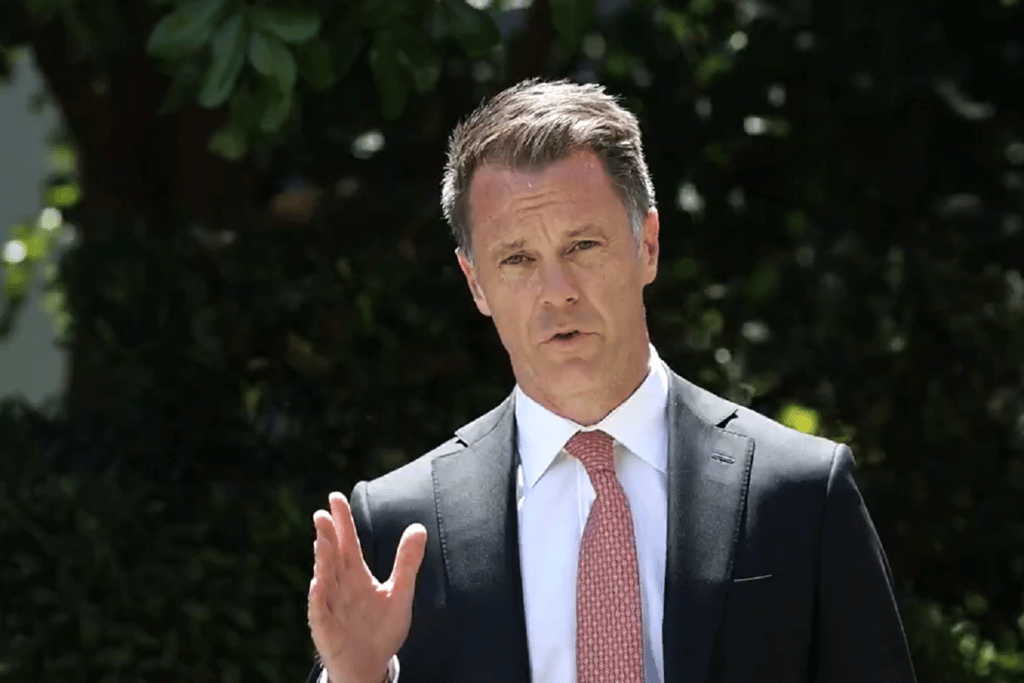The NSW government has issued a new directive to employees in the sector to work mostly from the office, moving away from working from home arrangements.
In a memo circulated on Monday morning from Premier Chris Minns’s department, staff have been told to work “principally” from their on-site workplace.
“Arrangements to work from home on some occasions must take into consideration the wider needs of Departments, agencies, the community and stakeholders,” the directive reads, noting that working patterns were disrupted by the COVID-19 pandemic.
“The more our experience of work is shared, the more united we become. That means being physically present in our organisations.”
As the biggest employer in the country, with over 400,000 staff, this new move has come with divided opinions and may make workers across the state rethink their positions.
Roles within the government sector include office workers, health workers and paramedics, teachers, case workers, transport workers and police officers.
The new guidance applies predominantly to public servants who are able to log into their jobs remotely, rather than frontline workers already in the field.
Individual agencies will be required to set their own policies, and the premier’s department said it wasn’t “mandating a particular pattern of attendance” but that the work should be predominantly completed in an “approved workplace”.
Hybrid working arrangements for public servants were first implemented in 2019, and since then, the majority of workers still spend some time working from home. This has led to a quieter Sydney CBD, where the office vacancy rate is rising and currently sits at 11.6 per cent, according to the latest Property Council of Australia’s office market report.
Flexible working arrangements will remain in place, the government says, particularly for workers with carer responsibilities and external commitments.
Considering that the majority of caring responsibilities tends to fall on women, it’s well known that flexible working arrangements are a key gender priority. Earlier this year, a new “What Women Want” report found that flexible working is, by far, the most in-demand work benefit for women.
Creating an environment where staff can have transparent conversations around the demands of their caring responsibilities is also key, according to CEO of Carers Australia, Annabel Reid, who says caregiving can be a 24/7 commitment and reach up to 105 hours a week on top of a full-time job.
In February, the Fair Work Commission began investigating whether ‘work from home’ arrangements should be a legal right for the roughly 2.2 million workers on award wages. At the time, prime minister Anthony Albanes said that working from home has benefits and that “we shouldn’t have a one size fits all approach”.
“Women’s workforce participation is at a record high and that is one of the factors, now you can’t work from home as a nurse at this facility because you’ve got to work with patients, so it isn’t one size fits all,” Albanese said.
In June of last year, female unemployment fell to an all-time low of 3.3 per cent, following the shift in more people working from home.


